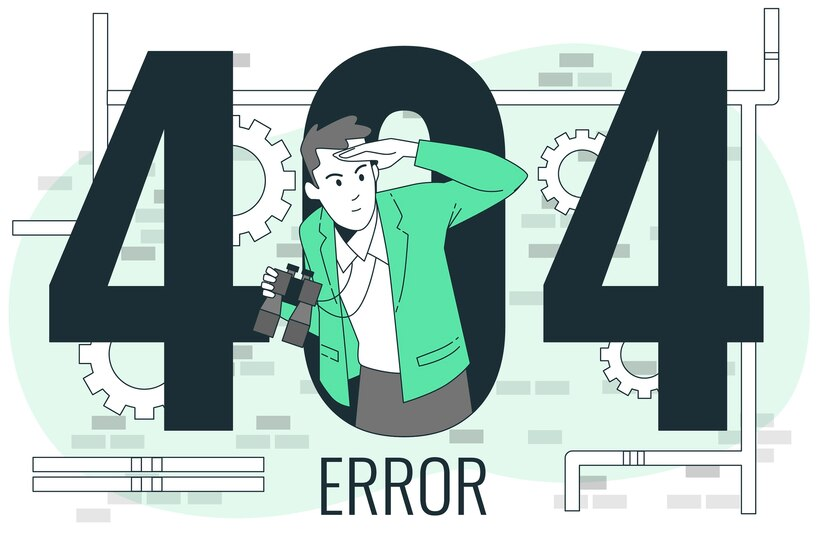Among developers, Python is a common programming language. Django is an important and popular framework that is written specifically for Python. In this beginner’s material, we will tell you how to make projects with Django and how to use it in web and application development.
What is a framework?
In development, a framework is a versatile, reusable model that allows you to quickly develop applications by adding your own program code.
A framework can be compared to the pre-built structure of a house: the foundation, pillars, beams, and roof are already built. As a developer, you just need to design the interior according to your needs – where the kitchen, bedroom or living room will be.
A framework consists of a set of libraries or modules that provide specific functionality, and a way to interact with those libraries.
It’s like a Lego constructor with pre-built universal parts. You can spend time building the castle of your dreams rather than molding each brick from scratch. In IT, it helps in simplifying the development process, making the product scalable, more maintainable, secure and efficient.
Frameworks can be classified into two categories
Low-level
Provide a set of software components, offering more freedom (and responsibility) to the developer regarding the choice of architectural patterns.
High-level
Make many choices for you. They come with pre-defined patterns and configurations, greatly speeding up the development process.
Where does Django fit in this hierarchy?
Django is a high-level Python web framework that encourages fast development, security, and clean, pragmatic design.
What’s good about Django?
- The main plus is Django’s core principle of “all-inclusive”. That is, all components are sewn into the framework. It is not at all necessary to go to other libraries to write an application, for example. Dozens of framework components help in such tasks as handling user authentication, content administration, working with sitemaps, RSS feeds, and much more;
- Django provides documentation and a large community for support;
- The framework follows the principle of reducing code redundancy – Don’t Repeat Yourself (DRY). This means you don’t have to write the same code in multiple places. Instead, you write it once and reuse it where needed;
- Django is versatile. It can be used to build almost any type of website. From content management systems (CMS) to social media and scientific computing platforms;
- The framework has built-in security features that help developers avoid common mistakes: such as SQL injection, cross-site scripting, cross-site request forgery, and clickjacking techniques;
- Django helps bring an application from idea to completion as fast as possible. Can scale to handle very high loads;
- The model includes a powerful ORM that allows developers to manage the database schema and run database queries in Python code, instead of writing SQL;
- Django is a free and open source framework, meaning there are no license costs associated with it. This makes it an affordable option for startups and individual developers.
Where to start learning Django?
The framework is written in Python, so it’s important to first have a good understanding of the programming language itself. If you haven’t encountered Python before, you can find many useful resources online to dive into the topic: online tutorials, themed blogs, official documentation, and books.
The official documentation is always up to date. It is a voluminous resource covering all aspects and peculiarities of working with the framework. It is well written and updated with each version of Django. For the first steps in learning, you can find a Russian-language version of the material on the web, which is maintained by enthusiasts.
Mozilla Developer Network (MDN) offers an in-depth Django tutorial as part of its web development series, and the YouTube channel Coding for Entrepreneurs demonstrates a project-based approach to learning Django. You’ll be able to learn while working on a real project, and this is the most effective way to understand and memorize new concepts.
Stack Overflow and Django subreddit are popular places where developers can post questions about specific problems, share useful resources, and discuss best practices in Django.



